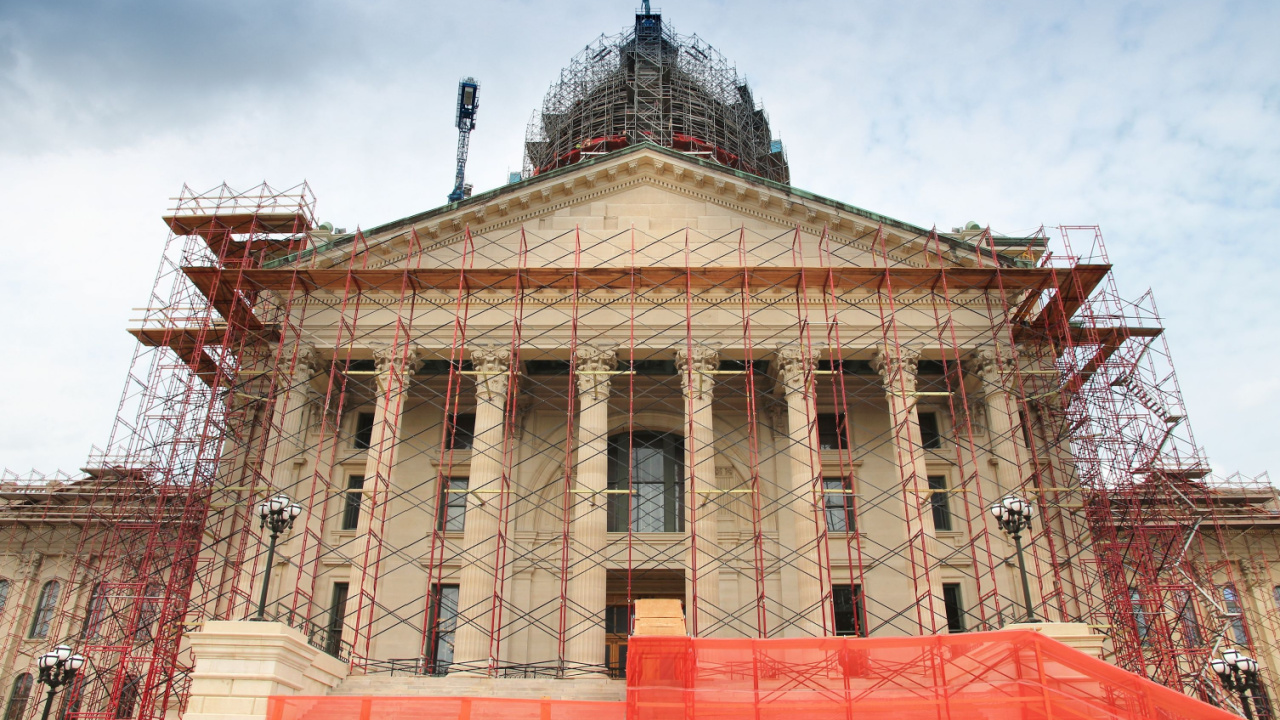
Blockchain: Automating Construction Contract Performance and Legal Notifications
What is Blockchain?
At its core, a blockchain is a type of database that stores information in such a way that it is chronologically stamped and essentially impossible to alter. Data is gathered in “blocks” and once a block is full, nothing else can be added and it is “chained” to the most recently filled block. This database is then typically viewable by all the parties to the transaction so that at any time any party can confirm or verify the status or completeness of a given transaction.
How Does This Benefit the Construction Industry?
Most of the construction industry already uses some form of database for information and project management. Whether it is a simple spreadsheet or a more advanced project management or accounting system, those are all essentially databases that store information as it is added. In many instances data entered into the system can be updated or changed by anyone at any time. People are often required to review and make decisions about data being entered, which can slow down the process. In worst cases, the wrong decision can lead to additional costs, delays or even breaches of a contract.
It’s possible to think of multiple ways blockchain databases could remedy some of these issues in construction, but there are two concrete improvements that transitioning to blockchain could bring to the construction industry. First, is the automation of contract performance tracking and fulfillment, including milestone completion tracking. Second is the automation of notices, both contractual and legal, that can be programmed into the blockchain.
Contractual Performance and Tracking
The chief benefit to blockchain is that the parties can pre-program various contractual performance metrics or milestones into the blockchain. These metrics and milestones can then be automatically triggered by preceding metrics or can trigger new metrics. For example, if a concrete slab is going to be poured near that beginning of the project, the contract would have pre-programmed in the start and end date for the work. If, by the pre-programmed end date, the work is inspected by the architect or project manager and deemed complete, this would indicate compliance and the blockchain database could automatically authorize payment to the subcontractor, notify the subsequent subcontractors that the project is ready for them, and request conditional lien waivers from the relevant subcontractors.
All of these steps would be inalterably recorded in the blockchain so that if, down the road, some issue arises, there is no longer the need to go back through all the records of multiple parties to determine what happened, if a project was inspected, and if notice was given. All of that is recorded transparently in the database for all to see.
No doubt this type of contractual undertaking requires substantial pre-planning. There must also be a mechanism for change orders, not that change orders could be used to alter the information already stored in the blockchain. Rather, change orders would be used to explain why or how compliance with the contract was achieved despite not meeting the pre-established markers in the blockchain. Change orders could also be used to update milestones or performance goals. So if the landscaper’s start date on a project is ultimately pushed back due to other delays, each change order impacting it would automatically update and provide the landscaper with notice.
If multiple delays impact the cost of the project or trigger the ability of a contractor or subcontractor to seek additional compensation, then the blockchain would automatically notify those parties and provide deadlines for that information. The end result is fairer contract administration and one that is completely transparent for owners, design professionals and contractors of every tier.
While this level of contractual implementation may be in the future, it is not the distant future. And it is not far removed from the level of detail required to manage most complicated construction projects. The added benefit is automating next steps once compliance with prior requirements is met. Another benefit could be connecting the contract to municipal inspection results, so that when a project passes its inspection, next steps are automatically triggered in terms of additional construction, accounting procedures and further updates. These possibilities just demonstrate one way that construction contracts could benefit from the use of blockchain as a management tool.
Contractual and Legal Notices
Another benefit to blockchain is the ability to use it to automatically send and verify receipt of contractual notices. Notices to start, stop work orders and notices of default could all be pre-programmed to be sent electronically at certain intervals. Receipt of those notices could also be verified electronically, eliminating or minimizing the need for multiple documents to be sent by overnight or certified delivery.
Similarly, blockchain could be used to automate the sending of pre-lien and other similar legal notices. While many contractors bemoan such notices, when a project really heads south, rarely is a general contractor unhappy that subcontractors have preserved a direct path to payment from the property owner. Having these notices automatically sent as part of the contract, using blockchain to confirm and verify start dates, would ultimately be a benefit for both contractor and subcontractor. Further, receipt of the notices could be verified through the use of blockchain and even the provision of lien waivers could be done electronically.
The key benefit of blockchain for legal notices is the ability to not only automate the sending of the notice upon the achievement of certain criteria, but also to verify delivery and receipt. This is an improvement over traditional delivery methods, such as overnight or certified mail, especially if the parties agree upfront to be bound by the use of the blockchain for delivery and receipt verification.
Just like the contract described above, blockchain-verified delivery of notices is in the near future. While this will bring dramatic changes to the construction industry, these changes can make projects run smoother and actually reduce legal challenges by automating many contractual performance requirements.
Related stories








